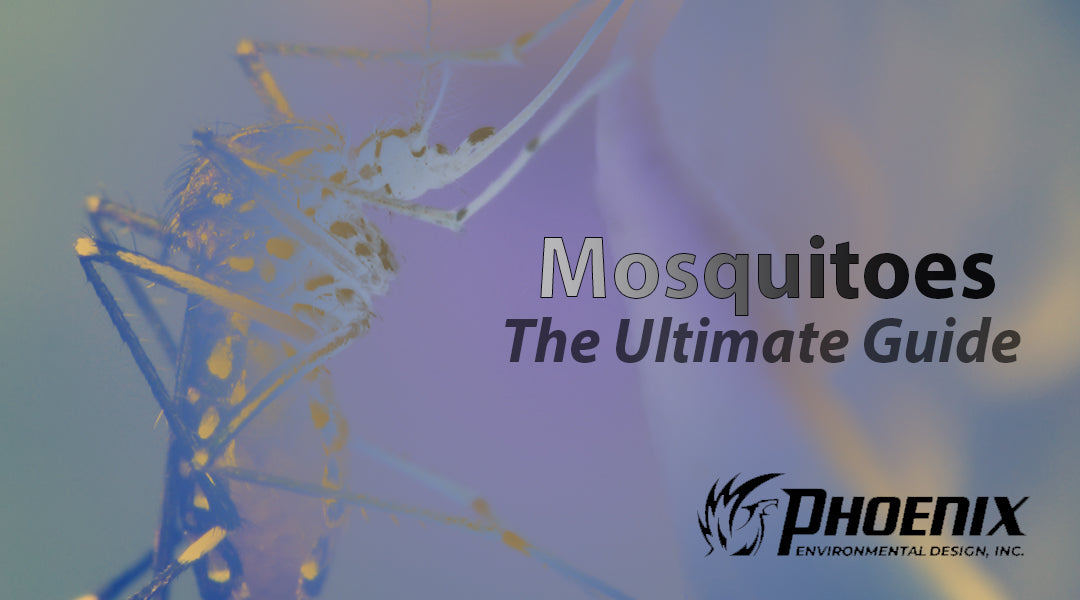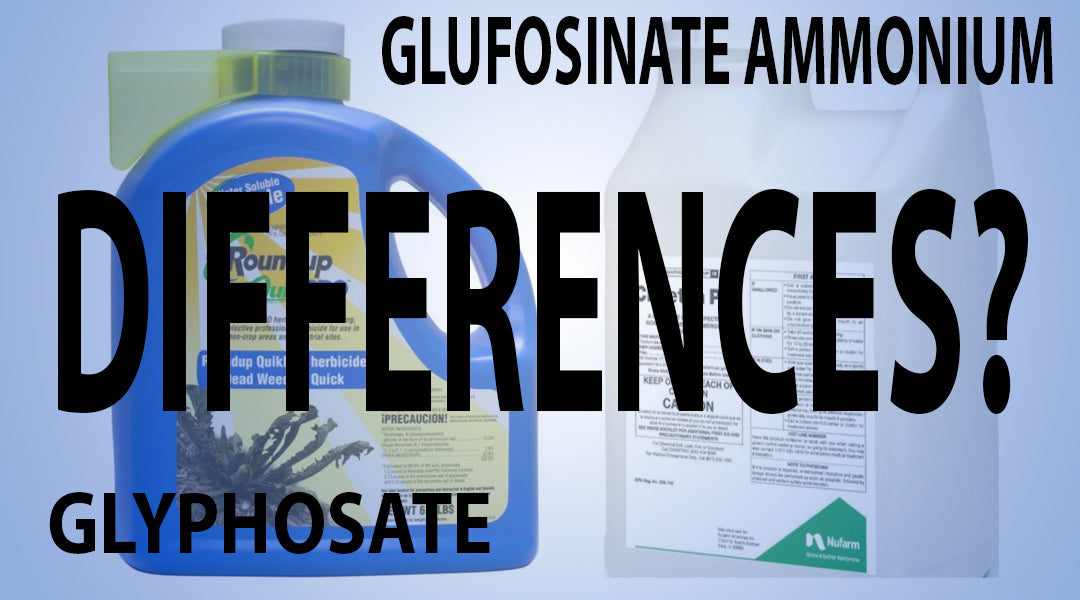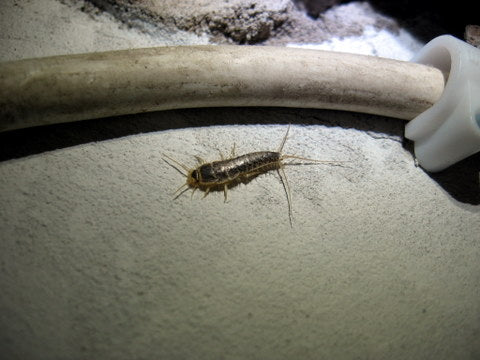Bed bug control advice is widely available online, but it's not always right. One reason that professional pest control experts are able to kill and control bed bugs so well is because they know exactly what chemicals to use and how to use them in the right places. If you want to get rid of bed bugs in your home without making the problem worse, it pays to understand their behavior, where to find them and how to apply the bed bug treatments in the right way.
What are Bed Bugs?

Bed bugs aren't like other nuisance pests that get into your home. They're much worse. To get rid of ants, you only need to take away their food source and to apply a simple residual ant control treatment. With bed bugs, you'll need an entirely different strategy.
These pests aren't looking for food in the pantry. They use you as a food source, attacking in the night while you sleep and sucking your blood. Once they get their fill, they retreat back to the recesses of the bedding or the cracks and crevices along the walls. They multiply quickly over time and can become a severe infestation within a few weeks of invading an interior.
You'll need to know what you're looking for if you want to apply the appropriate bed bug treatments. Misidentifying the bugs and using the wrong treatments will make the problem worse. Once you know you have a bed bug infestation, you'll be able to treat it correctly and have better success without the need to hire a professional service.
Before we continue, let's take a look at what bed bugs are and what they are not:
- Bed bugs aren't like lice and don't live on your body like lice do.
- Bed bugs consume blood and require a blood meal almost every night.
- Bed bugs aren't disease carriers but may cause welts and itchy spots, as well as allergies to those who are sensitive to the punctures.
- Bed bugs may look like other bugs but are slow and unable to move quickly out of sight once seen.
- Bed bugs are true bugs and are not like spiders, ticks or other arachnids.
How to Identify Bed Bugs

Bed bugs may look like cockroaches to the untrained eye, especially if you don't get a really good look at them. However, they're nothing like roaches once you get a good look. They're oval shaped and have flat bodies, unlike roaches which have longer bodies with long legs meant for scurrying away quickly.
Bed bugs can't move quickly at all and are easy to spot on a mattress or in other places where they harbor, such as behind picture frames or along the edges of a door frame. They measure about 5 millimeters in length, so they're pretty small compared to other bugs that invade homes.
They have a rust-colored appearance but will look more reddish once they fill up with blood. Some people think that bed bugs bite, which comes from the old phrase "Good night and don't let the bed bugs bite." However, bed bugs don't bite at all. Instead, they have a stylet that's used to puncture the skin and suck out the blood, much like mosquitoes do.
While it's easy to see adult bed bugs, it's much harder to detect the eggs and nymphs. In fact, the nymphs are about the size of a pinhead and look almost transparent. As soon as they hatch from the eggs, they're able to start sucking blood from people and will continue to do so through adulthood.
How Did I Get Bed Bugs?

The first humans probably wondered the same thing. These bugs have been with people for more than 3,500 years and continue to be a nuisance pest in homes and businesses across the world. They're thought to come from bats and fed on people who lived in caves thousands of years ago.
Bed bugs are some of the most common pests in homes but aren't limited to residential properties alone. They hitchhike quite well and are found everywhere from homes and businesses to schools, hotels and transport vehicles like buses and taxis. If they're not caught in time, they will continue to multiply and spread to other areas and become even harder to kill.
These bugs are known as resistant pests and will often survive chemical treatments. They can hide easily in cracks and crevices and avoid bug bombs and sprays. If you find them in one room, it won't take long before you spot them in other areas of your home, such as in the living room or the kitchen. They can hide easily in out-of-the-way places and will spread quickly if they're not treated in time using the right chemicals formulated for bed bugs.
What Causes Bed Bugs?

You'll often hear a lot of people say that only people with dirty or cluttered homes get roaches, bed bugs and other pests. That's entirely untrue. Some of the cleanest homes are infested with insects. They don't target dirty homes. They target homes that they can get into. If there are cracks and crevices, insects will definitely find them and come indoors.
Bed bugs are a little different though. They don't always get into homes by crawling through gaps around doors and windows. They get into your house by hitchhiking in your luggage or on old furniture that you may have purchased from a yard sale. Your children may bring them home in their backpacks or on their clothes after playing outdoors in a bed bug infested area.
Checking for bed bugs is the key to keeping an infestation from taking over your home. But where can you find them, and what are the signs to look for? In the next section, we'll go over where these pests like to harbor and then move on to treatments and ways to keep them away.
How to Find Bed Bugs

Bed bugs get their name from the location where they're most found: in your bed. They gather together along the seams of mattresses and behind the baseboard. They're even found around the edges of the bed frame where the legs touch the floor. However, these pests aren't only found in bedding; they're also found in parts of the bedroom and other areas of your home.
Some of the most common areas where bed bugs can be found behind include:
- Baseboards
- Upholstery
- Outlet covers
- Picture frames
- Furniture cushions
When looking for bed bugs, make sure to turn over everything in the room. Take off the couch cushions, move the furniture around, check along various cracks and crevices to locate the bugs. They will mostly stay where they feel safe, but they'll also relocate to other parts of the house as their numbers grow.
Let's now take a look at how to get rid of bed bugs using various pest control treatments and bed bug products.
Bed Bug Treatment and Control

If you want to know how to get rid of bed bugs, it all comes down to using the right products with the right ingredients. We've compiled a list of liquid insecticides that contain ingredients such as pyrethrins to kill bed bugs on contact. These pesticides should be used with care and according to the label for the best results. In most cases, they will need to be administered by a professional with the appropriate equipment.
- Suspend SC is made with deltamethrin, a synthetic pyrethroid known to kill bed bugs and other insects quickly. It starts to work on contact and eliminates infestations on the spot.
- Demon WP comes in a wettable formulation and contains cypermethrin, another synthetic pyrethroid known for quick knockdown of more than 100 insect pests and lasts for three months.
- Tempo SC is a suspension concentrate with the active ingredient cyfluthrin, which another type of synthetic pyrethroid known to control more than 100 insects, including bed bugs.
- Talstar Pro contains bifenthrin, a synthetic pyrethroid that kills and controls everything from bed bugs to fleas and cockroaches.
The following bed bug control products are available in an aerosol formulation, making it easy to target the bed bugs and kill them on contact. They're easy to use and highly effective. They can be administered by professionals and homeowners alike who need a potent bed bug product to exterminate the pests.
- Bedlam contains sumithrin and is a residual insecticide spray that not only kills adult bed bugs but also targets the larvae and the eggs, helping to prevent future infestations.
- Bedlam Plus contains the same active ingredients as Bedlam but also a more potent ingredient for targeting pyrethroid-resistant bed bugs, making it more effective than some liquid insecticides.
- PT Alpine is another aerosol insecticide used to kill bed bugs. It contains three active ingredients, including an insect growth regulator (IGR), to stop current and future bed bug infestations.
Finally, we have a couple insecticide dusts. These works great for applying in areas where the bugs travel, such as along the edges of baseboards and the areas behind the bed. They also work well for killing other invasive pests like fleas and mites.
- CimeXa comes in dust form and contains a silica gel that sticks to the bed bug's exoskeleton and causes death by dehydration. It's very effective and lasts for a long time after application.
- Drione is also a dust and contains not only silica gel but also pyrethrins to kill the bugs more quickly. It also contains a synergist which makes the active ingredient more effective.
You can also use various insect monitors around the bed to confirm their activity and evaluate the severity of an infestation. Monitors usually contains some type of glue board and a clear window that lets you see the bugs inside as they're stuck permanently to the board.
One such product is the Catchmaster 100i Insect Monitor. It has a molasses-covered glue board inside and traps the bed bugs for good. It's also good for detecting and monitoring other insects in your home and can even be used in businesses and other locations.
Keeping Bed Bugs Out of Your Home
We've created a list of how to prevent bed bugs in your home. While it's not an exhaustive list, it will give you some insight on what to do if you see the bugs and the next steps to take to remove them.
- Make sure you're correctly identifying the bugs. Sometimes homeowners make the mistake of saying they have bed bugs when it's roaches, fleas and other pests.
- Once you've identified the bed bugs, don't freak out and start throwing things away. Bed bug infestations can be treated even if they've spread to other parts of your home.
- Reduce the clutter in your home. Doing so will get rid of their hiding spots. Make sure to pick up the clothes off the floor, and put things in their proper spots. Bed bugs can hide everywhere from toy boxes to dresser drawers.
- Strip the bed, and wash all the bedding. Wash your clothes too, as well as the pet bedding and other fabric materials in the infested area. Use high heat to wash everything. Bed bugs are susceptible to heat and will die quickly in extreme temperatures.
- Vacuum daily, but make sure to replace the vacuum bag each time. If it's a more modern vacuum with a plastic container, remove the contents outside in a trash bin after every use. Reusing the vacuum without cleaning it could introduce bed bugs and their eggs back into your home.
- If you're unable to treat the bugs yourself, never hesitate to contact the professionals. They'll know what to do and will take the necessary measure to get rid of the bugs quickly.
Pedchem: Bed Bug Control Products
Bed bugs are no laughing matter. The joke might go "don't let the bed bugs bite," but it's a serious issue that will only get worse if you don't take immediate action. Pedchem has a variety of bed bug control products to kill bed bugs quickly and keep them out of your home for good.






Leave a comment (all fields required)